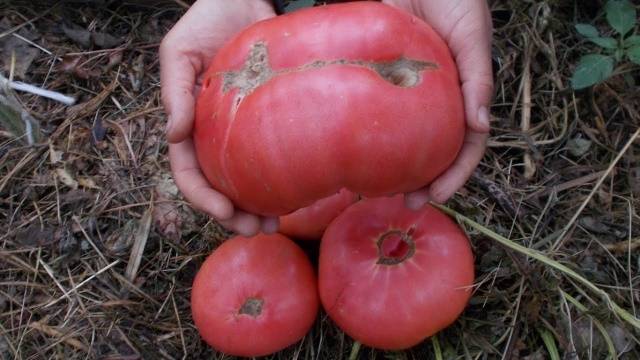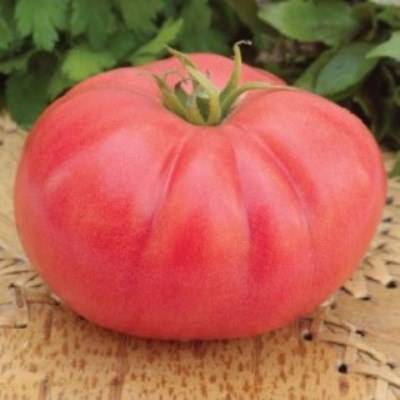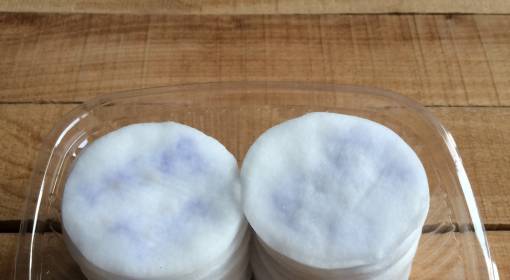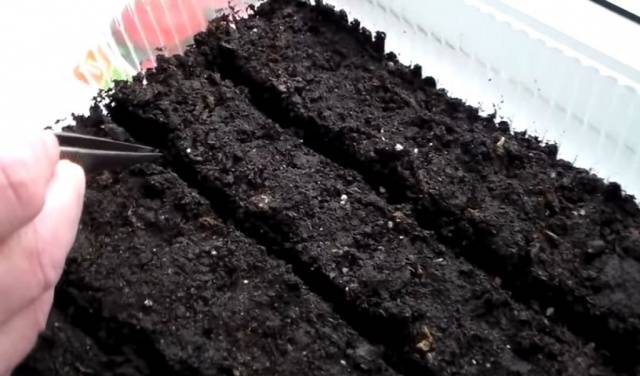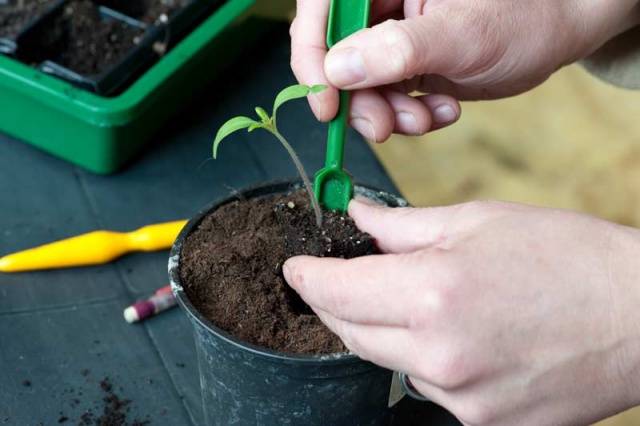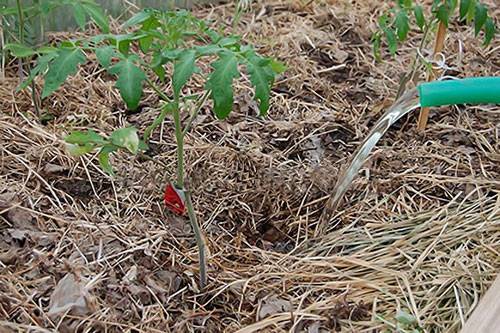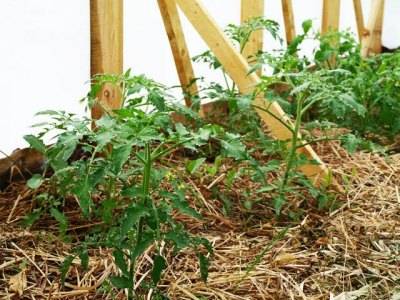Content
Everyone loves tomatoes. The variety of varieties and hybrids makes it possible to choose the one that you like the most. There are varieties specially designed for canning. But today we will talk about a salad vegetable with a telling name: Honey. This tomato is for those who prefer delicious summer salads to all preparations, in which tomatoes should be sweet. And if caring for the plant is also not difficult, then the tomato variety is chosen correctly. To make sure of this, we will give a description and description of the Honey variety tomato, reviews of which are not just positive, but sometimes even enthusiastic, and look at the photo of this handsome man.
Feature and Description
This tomato variety was included in the State Register of Breeding Achievements in 2007. Its originator is the Siberian agrofirm "Demetra", which is located in the city of Barnaul. The tomato variety was created, which is called "for yourself." Therefore, it is perfectly adapted for difficult Siberian conditions. It will feel even better in a milder climate. Producers believe that it can be grown in all regions of our country. In the south, it grows well in the open field, to the north it is better to plant a honey tomato in a greenhouse. There, its yield will correspond to the declared one, and the fruits will grow large, as in the photo.
Many seed companies are engaged in the production of tomato seeds of the Medovy variety. You can find on sale seeds from SEDEK, Search, Aelita. The main varietal characteristics are the same for all producers.
What is good about the honey variety tomato:
- In terms of ripening, it is mid-season. The first harvest can be taken after 105 days, and in a cool summer - after 110 days.
- Tomatoes of the Honey variety belong to indeterminate tomatoes. They cannot limit their growth on their own. Therefore, the gardener will have to form the bushes.
- In height, the Honey tomato belongs to the medium-sized varieties. He will be comfortable in a low greenhouse for tomatoes, which almost every gardener has.
- Heavy fruits can break off the shoots of the plant, so a garter is required for it. With good care, all the tomatoes on the brush can grow large, you will have to tie up not only the stems, but also each brush.
- A tomato of the Honey variety is usually led in two stalks, for this, one stepson is left under the first flower brush, all the rest are removed. In regions with a short summer, it is better to keep this tomato in one stalk, so that all the tied clusters have time to form.
- The fruits of the Honey variety tomato are remarkable. They have a beautiful rounded, slightly flattened shape, rich pink-crimson color and considerable weight - up to 400 g. On the surface, noticeable ribs are clearly visible. The fruits of the first cluster are always larger than the subsequent ones.
- The purpose of the fruit is salad. This does not mean that these tomatoes cannot be pickled - a large fruit simply will not fit into a jar, but these tomatoes are good in salting, however, because of their size, they are salted for a long time. They make excellent salads, both summer and prepared for the winter, and aromatic thick juice of amazing taste. The taste of tomatoes of the Honey variety is recognized as excellent, and this is not surprising - the sugar content in them reaches 5%.
- Tomatoes of the Honey variety are well stored, they can be ripened if removed unripe. They can be transported, as the dense, but not rough skin does not allow the fruit to wrinkle.
- Different producers claim different yields. Most believe that up to 3.5 kg of delicious tomatoes can be removed from one plant.
The description and characteristics of the honey variety tomato will be incomplete, if we do not note its resistance to the main diseases affecting tomatoes.
To enjoy a harvest like the one in the photo, you need to provide the plants with good care.
How to grow seedlings
The timing of planting tomato seedlings in each region will be different. Namely, the time of sowing seeds for seedlings depends on them. For the middle lane, this is the beginning to mid-March. In other regions, the timing will have to be adjusted.
Rules for growing honey tomato seedlings:
- Before sowing, all seeds, both purchased in the store and collected independently, must be treated with a seed dressing and growth stimulant. The first is needed to destroy the causative agents of diseases that are contained on the surface of the seeds, and the second not only increases the germination energy, but also strengthens the immunity of future plants. The easiest way to do this is to use aloe juice. He will cope with both tasks at once. To soak fresh seeds, the juice is diluted with water in half; for stale seeds, it is better not to dilute it. The time the seeds are in the juice is no more than 18 hours.
If the seeds have already been prepared by the manufacturer, they do not need to be processed. - If you are confident that the seeds are germinating, they can be sown immediately after soaking. When in doubt, it is best to germinate the seeds. This is done in wet discs, placed in a plastic bag at a temperature of about 25 degrees. Keep the seeds until pecked.
To prevent the seeds from suffocating, they need to be ventilated a couple of times a day, removing the package for half an hour. - For sowing, you can buy ready-made soil for growing nightshade crops. Many gardeners harvest land for seedlings in their own garden. If it is well frozen during the winter and has not been taken from the beds where nightshades already grew last season, it is quite suitable for sowing. So that the planted seedlings do not stop their growth, the soil in the garden bed should be no worse than the soil for seedlings.
- Seeds are sown in warm soil mixture to a depth of about 1 cm with a distance of 1-2 cm between them.
It is impossible to sow more often - when diving, the roots may be damaged. - A container with honey tomato seeds is kept in a warm place by putting a bag on it.
- As soon as some of the plants have risen, they are placed on a light windowsill, slightly lowering the air temperature. This will pause the pulling out of the seedlings. In the coolness, the roots grow better, and not the aerial part.
- After 4-5 days, the temperature is raised and maintained at about 18 degrees at night and 22 degrees during the day.
- Seedlings are regularly watered with warm water, but without overflow.
- Before the pick, which is carried out when a pair of real leaves appears, it is not necessary to feed it.
- Seedlings dive into separate cups, choosing the most developed plants. For several days it is shaded from the bright sun.
- In the future, the plants will need 2 feeding. They are carried out with a weak solution of a complex mineral fertilizer.
- If the seedlings are stretched out - they do not have enough light, you will have to supplement them with phytolamps.
Leaving after disembarkation
For a tomato of the Honey variety, the recommended planting scheme is 40x60 cm. What is required for it for successful development in a greenhouse:
- Enough light. The greenhouse should be lit all day.
- Stable air temperature: at night not lower than 18 degrees, during the day - not higher than 22-24. In the heat, through ventilation is necessary so that the plants do not overheat. Tomatoes stop growing at temperatures below 14 degrees. If it exceeds 30 degrees, pollen becomes sterile, pollination of flowers does not occur.
- Adequate, but not over-watering. Before fruiting, the plants are watered once a week with such an amount of water that the root layer is completely moistened. With the beginning of fruiting, the amount of watering is doubled. Water the honey tomato only with heated water. It should not be colder than the air in the greenhouse.
Watering must be carried out in such a way as to have time to ventilate the greenhouse well. Do not leave humid air in it overnight. - Mulching the soil.Mulch is an invaluable assistant to the gardener. Under it, the soil and plant roots do not overheat, moisture is retained much better than without it. The soil does not have to be loosened, which means that the roots of tomatoes located superficially will not be alarmed. Will not grow in a greenhouse and weeds... For mulching tomatoes of the Honey variety, mowed and dried grass, straw, dry hay are suitable. The layer of mulch should be no thinner than 10 cm. It should be added from time to time.
- Top dressing. Tomato loves food. Foliar dressing for this plant is done only as a last resort - it is not advisable to wet the tomato leaves. Root feeding begins when the seedlings take root. They are made once a decade, using a complex soluble fertilizer with microelements, of which boron, magnesium and calcium are especially needed for tomatoes.
- Formation. The features of the formation of the honey variety tomato have already been described above. You can add that stepchildren on plants need to be removed weekly, so that the plant spends its energy on the growth of fruits, and not the vegetative mass. Grazing should not coincide with watering. In early August, you need to pinch the tops and remove excess inflorescences - they will no longer have time to give a full harvest. In regions with warm autumn, this period can be postponed to the end of August. Lightening of the bush will also be required: as soon as the fruits in the brush have completely reached the desired size, all the underlying leaves are removed. This is done in several steps.
If you follow all the rules of agricultural technology, carry out preventive treatments for late blight, the harvest of tasty large fruits will delight any gardener.
More information about the honey tomato can be seen in the video:
